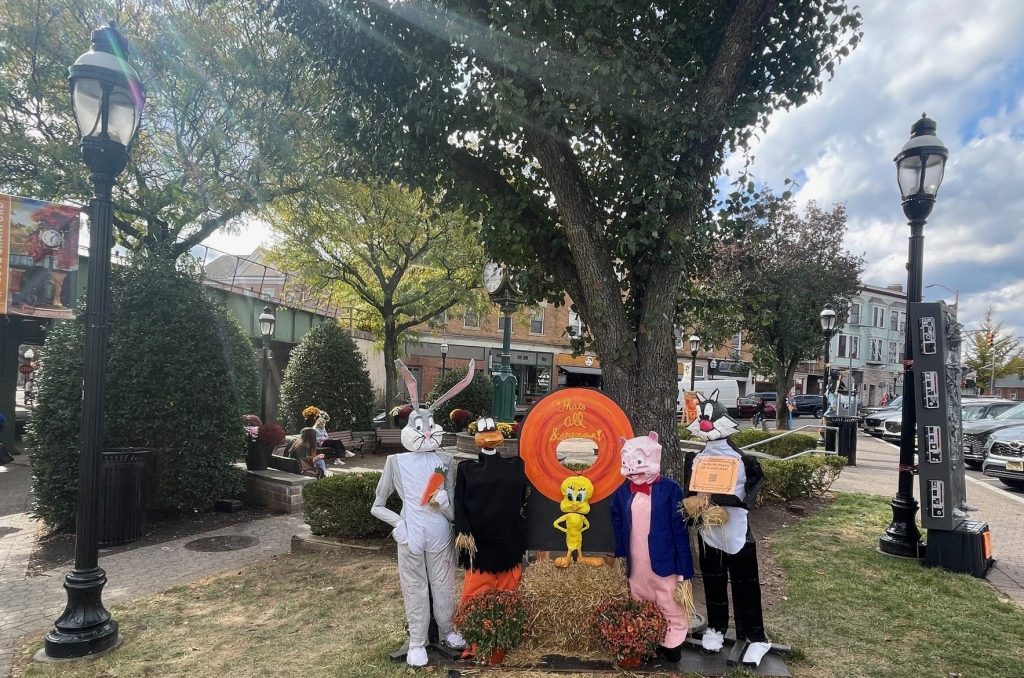
“Dun dun dun dun-dun, Dun dun dun dun-dun, Dun dun dun dun-dun.“
The crinkling, crushing, crunching, whimsically-peaceful dance of the rustling leaves beneath our feet. The corn of the candied kind. The anticipatory desire of a magical, chaotic witches brew. All of the aforementioned reek of the ghoulish harvest hurtling toward us and our upcoming Hallows Eve.
However, is there anything more frantically energizing than the psychological distortion and subsequent mind’s unravelling during a well-conceived and perfectly executed scary movie?
That is in fact a rhetorical question – (well, at least for this newsletters purpose)!
In short, horror movies are a risk-free way to vicariously experience threats and rehearse one’s responses to those threats. Plus, after people get through a horror movie unscathed, they may feel a sense of accomplishment and mastery over the threat they’ve experienced, which then leads them to feel more confident in their ability to handle other anxiety-provoking situations.
One of the earliest theories to explain people’s enjoyment of horror movies is Dolf Zillmann’s excitation transfer theory, which was developed in the 1970s. This proposes that our enjoyment is created by the negative effect created by the film followed by a positive effect or response when the threat is resolved, leading to a euphoric high.
More recent studies suggest that excitation transfer theory is still alive. One was published in 2017 and looked at permadeath, (the idea that once a character dies in a video game, the game starts over from the beginning). It concluded that permadeath was appealing to players due to excitation transfer.
Other studies theorize that our enjoyment of horror movies comes from a morbid curiosity about subjects like death and terror, also referred to as the dark side of humanity. One piece of research found that people with higher levels of morbid curiosity are more likely to watch horror films, less likely to be scared after watching them, and generally watch these flicks alone.
According to another popular theory, horror movies let us vicariously explore the nature of evil, in others, and in ourselves. They also allow us to grapple with the darkest parts of humanity in a safe environment.
Research indicates that people lower in the trait of empathy tend to enjoy horror movies because they are less impacted by the suffering depicted onscreen.
Not everyone agrees with this.
Some researchers contend that our empathy toward a real person is not necessarily the same as the empathy we feel for a fictional character. The problem is that this is difficult to determine in studies, making it hard to know if and when true empathy occurs.
More than any other individual difference, sex is most predictive of enjoyment of horror films, with males tending to enjoy scary and violent movies far more than females. This difference can be at least partially explained by the fact that females tend to experience greater fear and anxiety than males.
In addition, females tend to be higher than males in the trait of disgust sensitivity. This could lead them to dislike horror movies that depict blood and gore.
There’s a growing body of research that suggests horror movies could be used in clinical settings to help people with anxiety or trauma. For instance, one study found that people who watched horror movies were less distressed by the COVID-19 pandemic, and those who were fans of the apocalyptic subgenre of horror felt more prepared for additional waves of the pandemic.
If this is the case, watching horror movies and other media could be used by mental health professionals to help people develop emotional and behavioral strategies to cope with their fears, which could ultimately make them more resilient in general.
While people who do not enjoy horror may not find this beneficial, for those who like the genre, watching horror movies could be akin to exposure therapy. More research needs to be conducted to determine if this approach is effective and, if so, in what instances.
And so it goes, and so it goes until the howling winds have quieted, the darkness blankets over us and illumination comes in the form of frightening tales across our television screens.
Locked away in the confines of our little boxes, we tune our ears and eyes upon the thrills, chills, screams, and screeches that nightmares are made of. We surrender to the foolish and the macabre.
We co-plot, plan, and execute revenge. We live out the carefree days of teenage protagonists and lament their demise at the hands of Freddy or Jason.
Ultimately, this satiates our need to confront and overcome demons, even if they are not our own.
Did You Know? Halloween was brought to America by immigrants, particularly the Irish in the 19th century. Over time, it evolved from a night of pranks to a more community-centered celebration, with trick-or-treating gaining popularity in the 20th century.
WOW ——–I will reread a few times—I am not a person that watches scary movies BC of the ones I did Like the Exorcist and The Birds watched many decades ago —– that caused nightmares— made me realize I need to be very careful–with what I watch —-I wonder if so many scary and violent movies have produced a generation That is no longer SHOCKED of the gory violent scary movies that exist today I agree studies should be done about the effects of this trend –Again thought producing Blog Thank you Happy Autumn